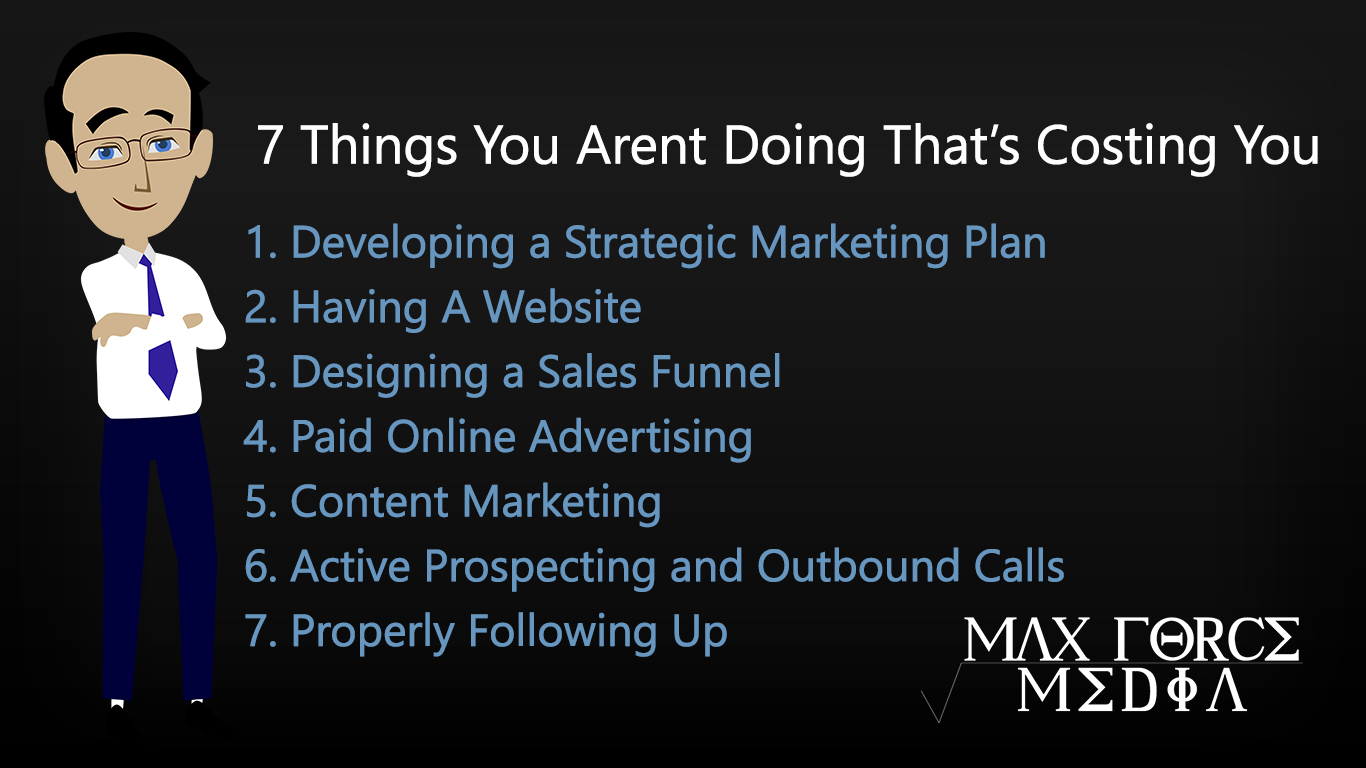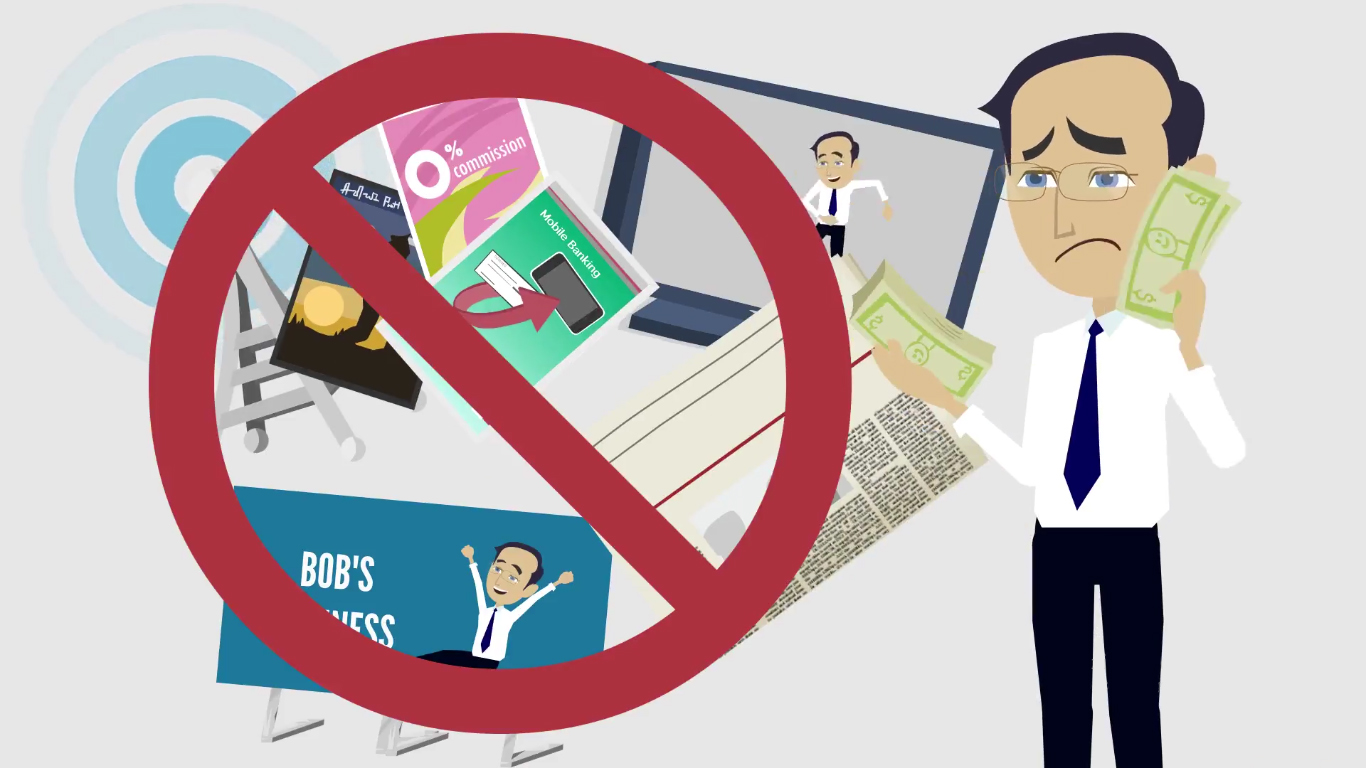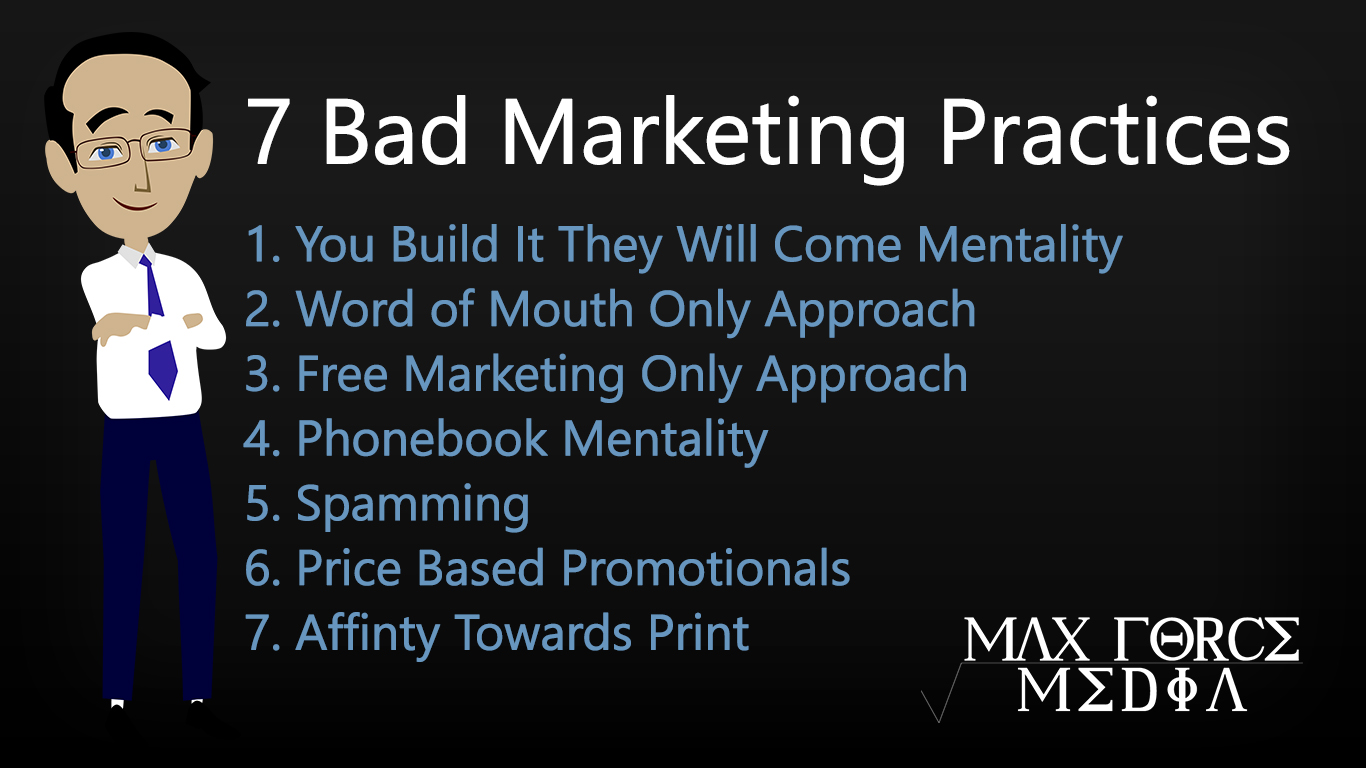In every successfully established business, you will notice commonalities between everyone of them. This article will detail many of the best practices that contribute to the longevity of the most successful companies in existence today. Though these may seem like common sense or can go without saying, many new businesses and smaller companies fail to realize the impact these can have on the growth and scalability of their companies.
1. Not Developing a Strategic Marketing Plan-
One of the main things that many small businesses and new companies aren’t doing, though very beneficial is creating a strategic marketing plan. A strategic marketing plan is different from a general business plan, even though it may be a part of an overall business plan. The main purpose of this plan is that it helps you to focus your resources and plan the growth of your business. This process will help you understand the different factors that may affect your results, instead of speculating and leaving your success up to hope and chance.
A great a strategic marketing plan will have the following components:
- Target Market- Identify your niche and ideal customer and understand how your product or service meets their needs. Map out a strategy to reach your target audience, including the messages, channels and tools you will use.
- Competitive Analysis- Identify your competitors and what your target customers think about your competitors’ strengths and weaknesses. Figure out how much market share you need to grab to hit you goals, what your model looks like at scale, and how to get from one stage to the next.
- Differentiation– Establish your unique selling proposition, or USP, and decide the position of your brand, so that your market sees your business as superior to, or different from your competition. Think about a what angle you are going to use to approach the market place. You dont want to look like everyone else. Be creative. Find out what makes you unique and exploit it.
- SMART Goals and KPIs- You need to set Specific, Measurable, Agreed-Upon, Realistic, Time-Specific goals. Your company also needs to establish key performance indicators (KPIs) for your marketing activities such as how many calls should be made on a daily basis, how many clicks your website should get, or how many sales you should close on a daily basis, etc.
- Offline Objectives– Set offline specific objectives and KPIs such as how many calls to be made, how much territory should be covered if door to door prospecting, how many sales meetings should be set, how many presentations should be made, how many flyers should be posted, business cards distributed, seminars hosted, etc.
- Online Objectives- Set online specific objectives such as how many impressions to receive, clicks, click through rates, articles and distributed, social shares, engagement, conversion rates, registrations, sign-ups, subscribers, sales, etc.
- Budget- Once you have all of your goals, objectives and KPIs set, estimate how much its going to cost to hit your marketing objectives and begin testing. Measure your results, and make necessary changes in order to accomplish your marketing objectives.
2. Not Having a Website-
You would think that having a website is a no brainer, but you’d be surprised to find out how many people have outdated beliefs about business marketing practices. Not having a website in 2017 is like not being in the phone book in the early nineties. If you don’t have a website, its like you don’t exist. And as we know, even having a website isn’t good enough if no one visits it, but that’s later in this article. If you don’t have a website you’re doing yourself a disservice because even if somebody finds out about your company through other means the first thing they’ll do is look your company up online. If they don’t see your website pop up in the search engines or in some form of business directories or advertising online, it says to them that you’re not a real company. If they do a search for your company name in Google, and you don’t pop up in the organic search results, that’s really a bad sign. If you’re a new company, its not really realistic to expect to pop up in search results, even for your own name… especially within the first week or two. That’s why advertising is so valuable. If you haven’t had your website for more than a couple days, you should at least be advertising for your own name and and some relevant keywords. This way, your website is found on day one, and you don’t have to worry about sending the wrong message. Same thing for social media. If someone searches your company name on Facebook, you should at least have a fan page or a company profile that pops up just so you don’t seem like a fly by night operation. Its 2017. The modern consumer EXPECTS you to have these things in place. If not, its very hard to gain their trust.
If you don’t have a web presence, people really don’t trust that you’re legit. You have to realize that customers have unique buying behavior, which is a psychological process that they go through to make themselves feel comfortable about spending money with any particular company. Due to the availability to information, today’s consumer is highly informed, and most people are doing their own due diligence and research before buying. No one is just taking the word of sales agents any more. Again it’s really hard to build that trust with any potential customer prospect without having online presence.
3. Not Designing a Sales Funnel-
A sales funnel is a map that defines the relationship between you and your customers. Understanding how customers locate you, why they choose you over another, and why they come back is vital to managing and scaling your business. If you aren’t hitting your sales goals or certain KPIs you should have a look at every component of your sales funnel and find the problem. Or if you don’t have a well defined sales funnel, that could very well be the issue.
A sales funnel is an intentional step-by-step process to bring customers from the exposure and discovery phase all the way through to the buying phase and repeat customer phase.
You should you should know what actions you want the prospect to take during every step of your buying cycle or sales funnel. You should have a clearly defined, detailed process in place to govern this entire journey.

The sales funnel process looks like:
Identify your ideal client by building a customer profile. Then fill your pipeline with these people. You fill your pipeline using lead generation skills, tools and practices.
Those who come into your pipeline are then identified as prospects.
Then you want to qualify your prospects. This is the process of finding their needs and making sure your product or service can solve their problems and meet their expectation. This process also involves making sure the prospect has the means or authority to make a purchasing decision. This part of the process helps avoid wasting their time, and yours as well.
Once you qualify them, you need to sell them. This is the part where you help them see that your products or service will solve their problems and give them the end result they are looking for. THis can be done during phone calls, webinars, in person sales presentations, or online video or written sales letters. During this process, focus on benefits, not features.
Once they are convinced, you just have ask for and take the payment… this is the close.
After you get them to sign agreement, swipe their card, or whatever your transaction type is, you are then to deliver on your promise. Be sure to over deliver.
After you did your part of the agreement, and they are thoroughly satisfied, this is where they become repeat customers and you have the green light to ask for the referral. However, you do not have to wait until the delivery phase of the funnel to ask for the referral. A good sales person can get a referral right after they take the payment information of a new customer.
For prospects that dropped off at the sales/ presentation portion of the funnel, you should have a detailed follow up schedule in place. Follow ups should include, regular phone calls, automated emails and broadcasts, text messages, re-marketing, and social media posts, etc.
4. Not Spending Money On Advertising Online-
Many companies, especially small businesses and startups have this idea that depending on word of mouth and referrals is the “right way” to start or run a business. For some reason, many business owners make the mistake of trying to run a business without spending any money on marketing and advertising except for maybe business cards. This is a huge mistake. Limiting yourself to only the people you can personally contact is like trying to personally shake the hand of every person in a stadium at a baseball game. It would be way easier to reach everyone at that game by having the game announcer introduce you or by getting on the big screen where everyone can hear or see you at once. Nowadays, technology has made it so easy and so affordable to do just that; get in front of thousands of people all at once. Although there are many ways to get lost in the noise of online advertising and waste plenty of money, there are also some best practices of advertising online that would be advantageous to use. But to avoid advertising at all, whether online or offline is just a major mistake.
5. Not Doing Content Marketing-
If you haven’t heard by now you should definitely be doing content marketing. Content marketing is the creation of quality content with the intention of establishing yourself as a leader in your industry and as an expert on your particular subject matter. Then, through the mass distribution of this content, when people begin a search for the solutions to their problems, they end up seeing you as the expert or as the go to source for information.
By helping them with their problems for free, you are building trust and rapport through this content. So once they are in a buying mode, they feel comfortable dealing with you, being that you’ve already built up the trust and credibility with this particular prospect. Now you can go ahead and pull them through the end of your sales funnel. There’s many types of content you can create and plenty of channels that you can use to distribute it to set yourself up as an industry leader as an expert on any subject matter.
You can create written content in the form of articles/ blog posts, Facebook posts, e-books or newsletters.
You can do videos or I’m person interviews.
You can do audio in the form of podcasts, create your own radio show, or even become a guest on other radio shows related to your industry
If you’re in the finance industry you may want to write a blog and syndicate the content.
Or maybe you can write an e-book on how to get the best interest rates or the best loans then give it away for free.
After establishing yourself as an industry leader by giving out this content, overtime you will have a significant sized audience.
You can then promote and sell these subscribers whatever you want at any time for without paying for distribution.
6. Not Actively Prospecting and Calling on Potential Customers and Clients-
There are two types of prospecting: Active prospecting and passive prospecting.
Passive prospecting is generally what we know as marketing and advertising. Examples include directories, print and online advertising, or anywhere where you business information is posted or printed with the intention of a prospect to contact with interest in your product or service. You don’t control whether your information gets to its intended audience; if it is read; or if it generates a response. You can increase the effectiveness of passive prospecting, especially on the internet, but you are not in control of the activity. You are not in control of when or if the person decides to call you. You are not in control of how long a person watches a sales videos or reads your sales letter. You are not in control of how far through the sales funnel they travel and what what point they decide to drop off, or continue with a purchase. You have no ability to overcome any objections that may push them over to the point of purchase.
7. Not Following up-
The last thing that most companies or many companies do not do well is properly follow-up with prospects. It is very necessary to followup with prospects that have expressed interest in your products or service, especially dealing with services that people buy from one provider, or products that people only purchase once. We’ve all heard that the fortune is in the follow up, and it’s very true. If you know anything about marketing, you should have also heard that it takes 7 to 10 exposures before a prospect will become a client.
 People have to know, like, and trust a particular company in order to feel comfortable enough to buy their products or services. So you must to follow up with that person directly through outbound sales calls, texts, email, voicemails, etc. You can also follow up in the form of advertising particularly using remarketing as a strategy to follow up with people who visit to your website whom may not have necessarily purchased anything. People who’ve abandoned the shopping cart before they actually made a purchase, you can follow up with product specific advertising, item maybe even shown up a particular promotion.
People have to know, like, and trust a particular company in order to feel comfortable enough to buy their products or services. So you must to follow up with that person directly through outbound sales calls, texts, email, voicemails, etc. You can also follow up in the form of advertising particularly using remarketing as a strategy to follow up with people who visit to your website whom may not have necessarily purchased anything. People who’ve abandoned the shopping cart before they actually made a purchase, you can follow up with product specific advertising, item maybe even shown up a particular promotion.




Tell Us What You Think